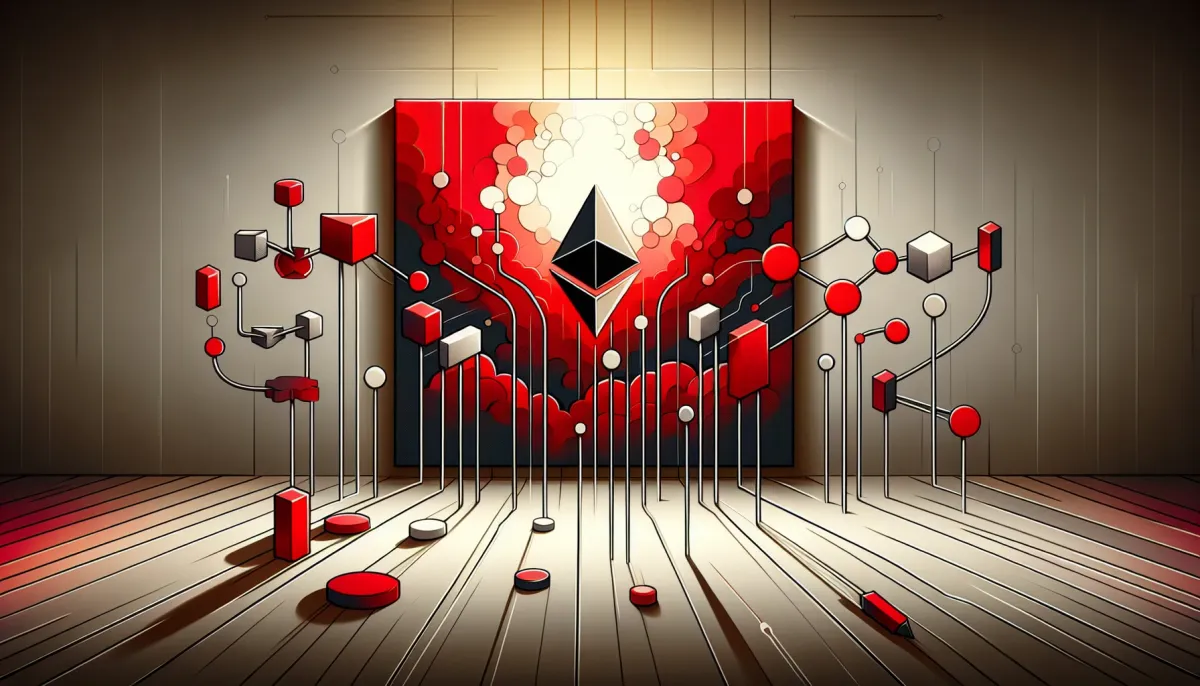What’s good for layer 1 (L1) is also good for layer 2s (L2). This is the view from the teams behind zkSync and Polygon, two top layer-2 networks on Ethereum. They recently addressed a proposal aimed at revamping the $400 billion blockchain and dismissed concerns that it might make their networks unnecessary.
At the recent Devcon event in Bangkok, developer Justin Drake introduced an ambitious plan to upgrade Ethereum’s consensus layer architecture, known as the “Beam Chain.” This plan includes adding zero-knowledge cryptography, a tech some L2s use to speed up transactions and lower costs, directly into the Ethereum protocol.
For the past few years, many in the Ethereum community have pushed for a rollup-centric roadmap. This approach relies heavily on layer-2 networks to solve Ethereum’s scaling issues. Zero-knowledge rollups are particularly favored because they offer advantages over optimistic rollups, especially in speed and security.
Before Drake’s talk at Devcon, many wondered what the Beam Chain would mean for zero-knowledge rollups and if they might become outdated. “That’s really a misconception,” said Alex Gluchowski, CEO of Matter Labs, the team behind zkSync. “The changes Justin announced focus on the consensus layer, not the execution layer. It won’t affect the execution layer.”
Ethereum’s base layer consists of several layers. The consensus layer validates blocks, while the execution layer handles transaction execution. Changes in the execution layer mainly impact layer-2 networks that send their transaction data back to Ethereum.
Drake's proposal also aims to shorten block times, which could reduce transaction costs for L2s settling on Ethereum. He wants to introduce single-slot finality, allowing blocks with transaction data to be finalized immediately. If everything goes as planned, the Beam Chain could launch in 2029. However, Ethereum has a track record of delaying major technical upgrades.
“All of these changes are great because we depend on Ethereum as the global settlement layer,” Gluchowski noted.
Brendan Farmer, co-founder at Polygon, also shared his thoughts with CoinDesk. He doesn’t believe the Beam Chain will make layer-2s obsolete. Instead, he thinks the upgrade will “make rollups work better.”
“Shorter block times, faster finality, ZK verifiability on the consensus layer—these are all things that will positively impact L2 usability and interoperability between different ecosystems,” Farmer explained.
Faster finality on Ethereum will also help improve the interoperability of layer-2s, a common goal for scaling networks. “Right now, a big problem with Ethereum is that it usually takes 12 to 19 minutes for a block to be considered finalized,” Farmer said. “If you’re moving funds between Arbitrum and Polygon, for example, Polygon can’t safely credit those funds to a user until the transaction has been finalized on L1. This leads to a poor user experience. But with 12-second finality, that experience improves significantly.”
Gluchowski from Matter Labs called the Beam Chain a win for zero-knowledge proofs as a scaling solution. “Using ZK really emphasizes that ZK is the end game,” he said.

